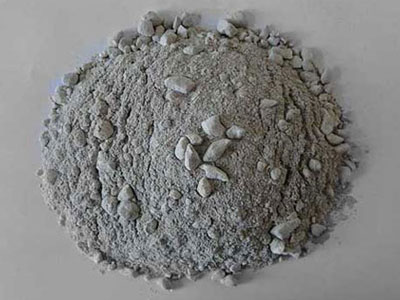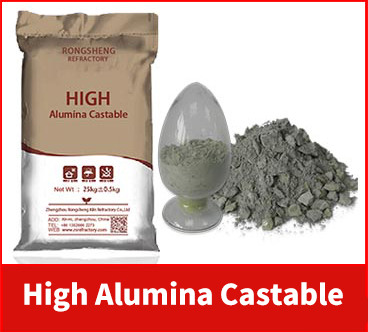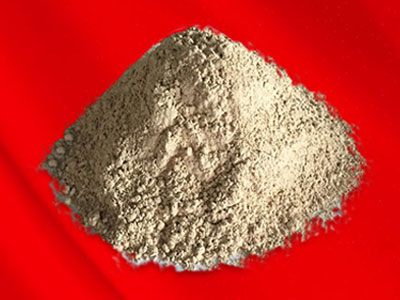The technical indicators of high-aluminum castables are the main reference in the procurement process, which determine the quality of high-aluminum castables. There are 7 main technical indicators of high-aluminum castables, which are Al2O3 content, bulk density, and apparent porosity. Rate, compressive strength at room temperature, softening temperature under load, thermal shock stability. Below, take the high-aluminum refractory castable as an example to analyze its technical indicators.
1. Al2O3 content
The popular point of Al2O3 content is the content of aluminum oxide in high-aluminum castables, which determines the level of other various properties. Therefore, it is the main performance index of high alumina castable.

2. Bulk density
The bulk density is the ratio of the dry mass of the high-aluminum castable to its total volume, and the unit is gcm3. The bulk density mainly indicates the compactness of the high-aluminum castable. Generally, the bulk density of high-alumina castables is closely related to its porosity and mineral composition.
3. Flexural strength at room temperature
The normal temperature flexural strength is the bending stress that a strip test block made of high-aluminum castable can withstand in the test. The chemical composition, mineral composition, organizational structure, and production technology of the material have a decisive influence on the flexural strength of the material, especially the high temperature flexural strength. Usually select high-purity raw materials, control the material’s reasonable particle gradation, increase the molding pressure, use the bonding agent and increase the sintering degree of the product, which can improve the flexural strength of the material.

4. Compressive strength at room temperature
Compressive strength refers to the ultimate load that a high-aluminum castable construction body can withstand without being damaged per unit area at a certain temperature. The compressive strength at room temperature can indicate the sintering condition of the material and the properties related to its structure. In addition, the compressive strength at room temperature can indirectly judge other properties, such as wear resistance and impact resistance.
5. Load softening temperature
The load softening temperature of high aluminum castable refers to the temperature at which deformation occurs during use. The load softening temperature indicates the ability of the refractory to resist both high temperature and load, and to a certain extent indicates the structural strength of the product under similar conditions of use.
6. Alkali resistance
High-alumina castables for cement kilns are often eroded by alkaline gas in the kiln, so it is very necessary to test the alkali resistance of the materials. Alkali resistance is the ability of refractory castables to resist alkaline erosion at high temperatures.
The above is the key to the technical performance indicators of high-aluminum castables. When purchasing and using high-aluminum castables, they must be selected in strict accordance with the actual furnace requirements to ensure the service life of high-aluminum castables. Under the premise, extend the life cycle and save maintenance costs.



